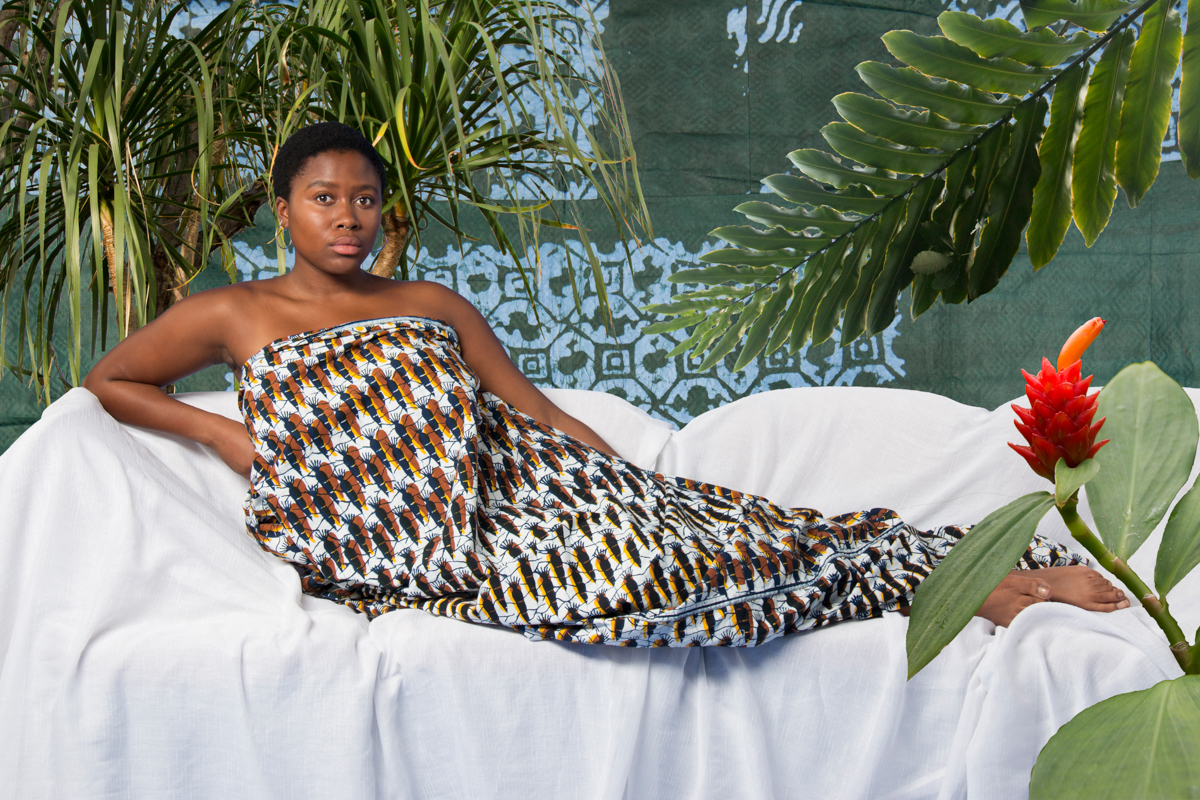Alex Blanco (Ukraine/Brazil)
Alex Blanco’s series, Meat, Fish and Aubergine Caviar, is a project about her parents’ life in Odesa, Ukraine. Blanco began the project following her father’s hospitalisation in 2016, which prompted a return to her childhood home. Her parents’ mental health issues and addictions had strained her family relationships since she was a child. As an adult, photography provided a mechanism to confront these past traumas.
Blanco’s five images for auction belong to this series, but also function as stand-alone pieces. “They speak for themselves, even when presented out of the context of the series,” she explains. “I also chose a balance… There is a still-life, a nude, a female portrait and a male portrait. I decided to present both black-and-white and colour photography, as the collision of colour and monochrome is part of the essence of my project.”
“This is an exciting opportunity for my artistic career,” reflects Blanco, who first read about NFTs this summer in Vogue Ukraine. “Apart from the financial reward, which is always important for an artist, the main benefits are exposure, and also the connection with a completely new audience.”
Read more about Blanco’s work here.
